
"We regarded war as entertainment, but it is a very real profession that wins and loses empires."
36 subscribers
How to get URL link on X (Twitter) App




 The well-preserved 16th century siege mines at St Andrews Castle reveal the hard work that was done by both the besiegers and the defenders to dig these tunnels.
The well-preserved 16th century siege mines at St Andrews Castle reveal the hard work that was done by both the besiegers and the defenders to dig these tunnels.



 The Danish presence in India was of little significance to the major European powers as they presented neither a military nor a mercantile threat so they let them carve out their own niche.
The Danish presence in India was of little significance to the major European powers as they presented neither a military nor a mercantile threat so they let them carve out their own niche.


 John Smith is known today for his role in managing the colony of Jamestown in Virginia, the first permanent English settlement in North America, and his connection with a Powhatan woman called Pocahontas.
John Smith is known today for his role in managing the colony of Jamestown in Virginia, the first permanent English settlement in North America, and his connection with a Powhatan woman called Pocahontas.

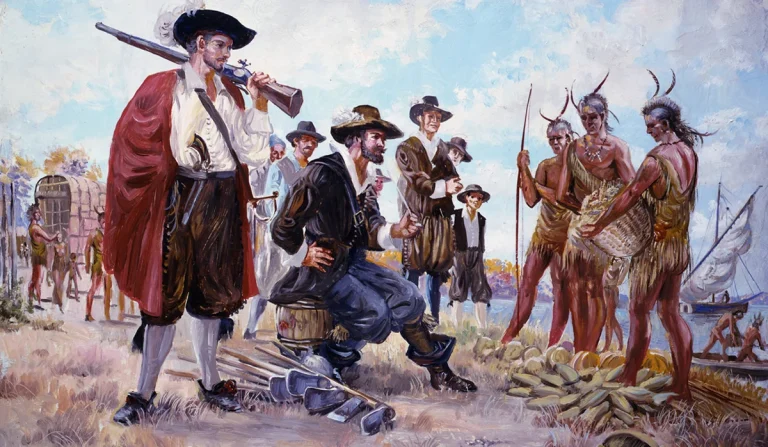


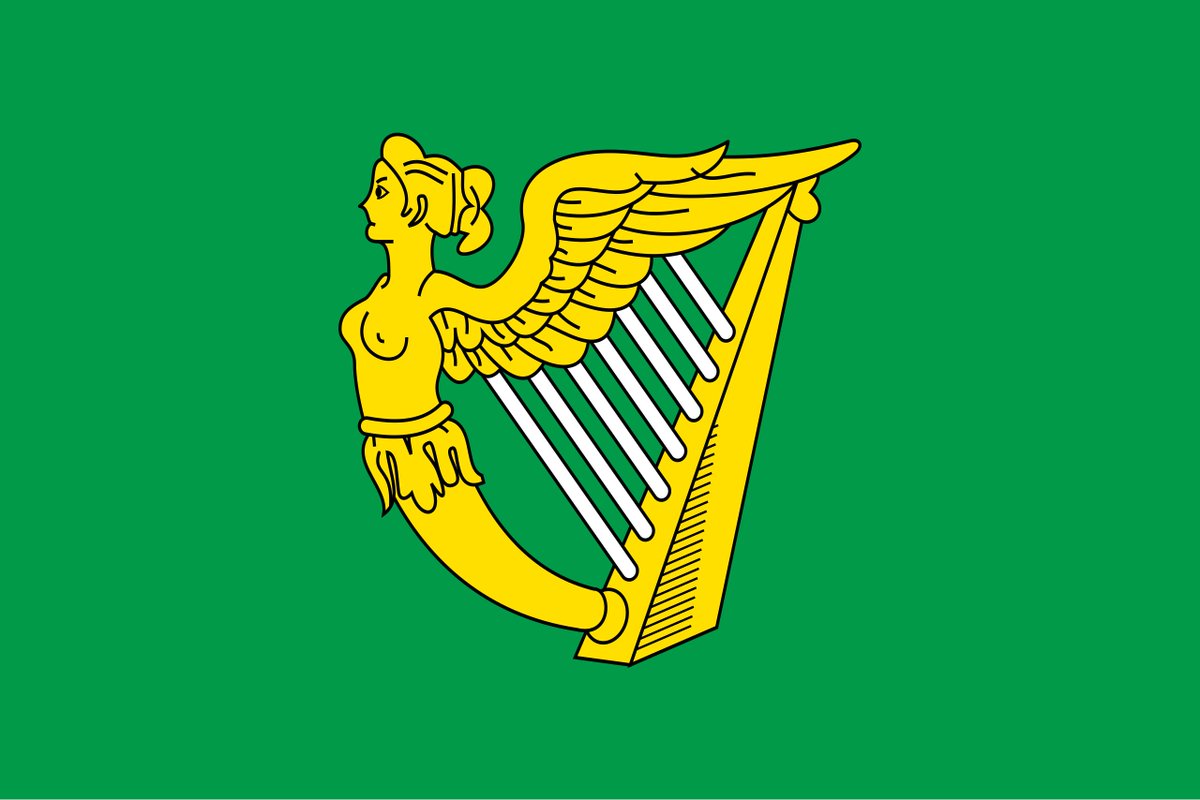
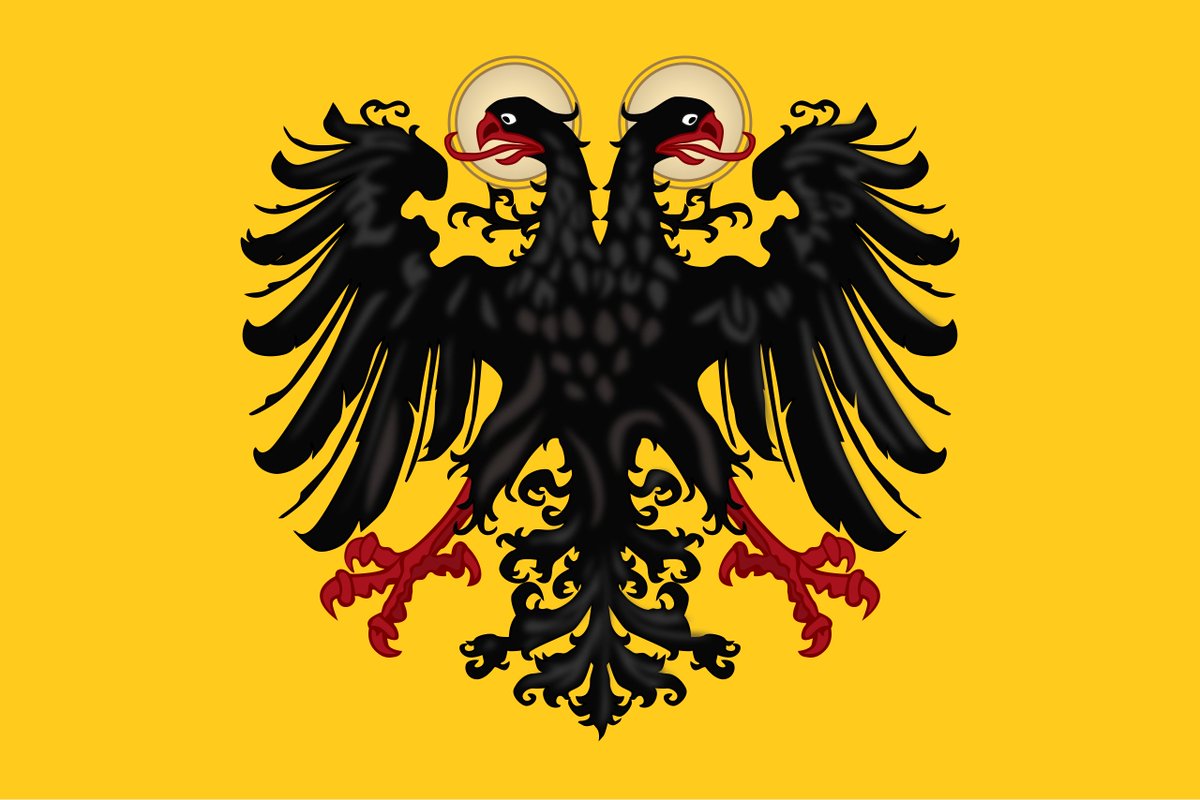 In 1853 there was an assassination attempt on emperor Franz Joseph in Vienna by a Hungarian nationalist.
In 1853 there was an assassination attempt on emperor Franz Joseph in Vienna by a Hungarian nationalist.



 The George Inn. Norton St Philip in Somerset, England 🏴.
The George Inn. Norton St Philip in Somerset, England 🏴.



 The record was set by German driver Rudolf Caracciola who drove this car on the Reichs-Autobahn A5 between Frankfurt and Darmstadt on 28 January 1938.
The record was set by German driver Rudolf Caracciola who drove this car on the Reichs-Autobahn A5 between Frankfurt and Darmstadt on 28 January 1938.





 The tactic of "wagenburg" (wagon fort) was adopted in the Hussite Wars (1419-1434) by the Hussites, a religious movement which fought armies of crusader knights from all over Europe.
The tactic of "wagenburg" (wagon fort) was adopted in the Hussite Wars (1419-1434) by the Hussites, a religious movement which fought armies of crusader knights from all over Europe.


 In the Lord of the Rings these are called the Beacon-hills of Gondor.
In the Lord of the Rings these are called the Beacon-hills of Gondor.



 It is speculated that Nemi ships were elaborate floating palaces, with mosaic floors, heating and plumbing, baths, galleries and saloons, as well as a large variety of vines and fruit trees, similar to other Caligula's galleys described by Suetonius!
It is speculated that Nemi ships were elaborate floating palaces, with mosaic floors, heating and plumbing, baths, galleries and saloons, as well as a large variety of vines and fruit trees, similar to other Caligula's galleys described by Suetonius! 



 How a modern hotel operates.
How a modern hotel operates. 



 The Battle of Khotyn happened in the context of the Polish-Ottoman War of 1672-1676.
The Battle of Khotyn happened in the context of the Polish-Ottoman War of 1672-1676.

 Washington Irving completely invented a fictional dialogue between Columbus and the Council of Salamanca, where the clergy supposedly objected him on the ground that the earth was flat.
Washington Irving completely invented a fictional dialogue between Columbus and the Council of Salamanca, where the clergy supposedly objected him on the ground that the earth was flat.

 The Kingdom of France defined itself by the phrase of "chose publique" (res publica) from 1350s to 1580s, also using the word respublique, to describe the relation between the King of France and his subject.
The Kingdom of France defined itself by the phrase of "chose publique" (res publica) from 1350s to 1580s, also using the word respublique, to describe the relation between the King of France and his subject.



 The village of Gurro is situated in Italy close to the border of Switzerland.
The village of Gurro is situated in Italy close to the border of Switzerland.



 The Pasquino is an old statue in Rome dating back to Antiquity.
The Pasquino is an old statue in Rome dating back to Antiquity.




 The medievals adopted the idea from the ancients that there were only seven colors: white, yellow, red, green, blue, purple and black.
The medievals adopted the idea from the ancients that there were only seven colors: white, yellow, red, green, blue, purple and black.



 In one instance during the Ottoman raid on the town of Spilimbergo in 1499, the stradioti were able to respond quickly enough and in cooperation with local Friulian militias killed around 100 Ottomans whose heads they brought to a Venetian commander, demanding to be paid!
In one instance during the Ottoman raid on the town of Spilimbergo in 1499, the stradioti were able to respond quickly enough and in cooperation with local Friulian militias killed around 100 Ottomans whose heads they brought to a Venetian commander, demanding to be paid! 


 The Mahdia campaign of 1087 was a huge success for Pope Victor III who was able to rally the rival Italian maritime republics of Pisa, Genoa and Amalfi behind the Christian banner to attack the hated Muslim port of Mahdia from where pirate raids were staged by the Zirids.
The Mahdia campaign of 1087 was a huge success for Pope Victor III who was able to rally the rival Italian maritime republics of Pisa, Genoa and Amalfi behind the Christian banner to attack the hated Muslim port of Mahdia from where pirate raids were staged by the Zirids. 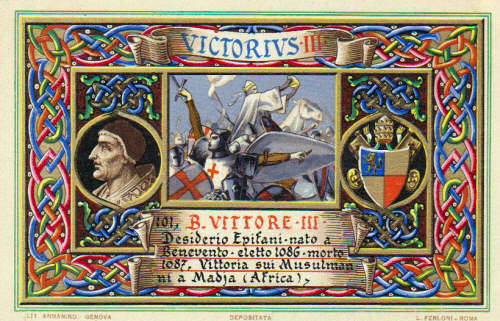
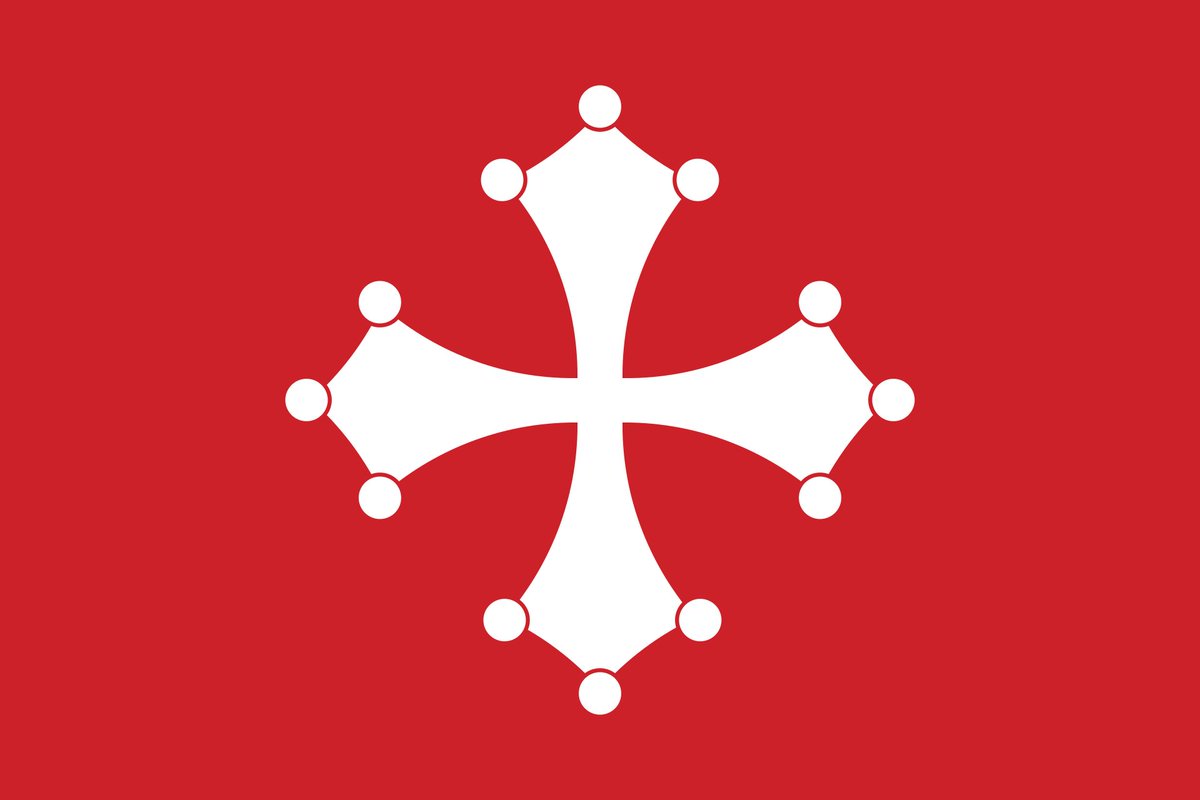



 The walls of the donjon have an average thickness of three metres!
The walls of the donjon have an average thickness of three metres!



 The picturesque Tuscan countryside is now a tourist attraction and it is associated with peace and tranquility.
The picturesque Tuscan countryside is now a tourist attraction and it is associated with peace and tranquility.